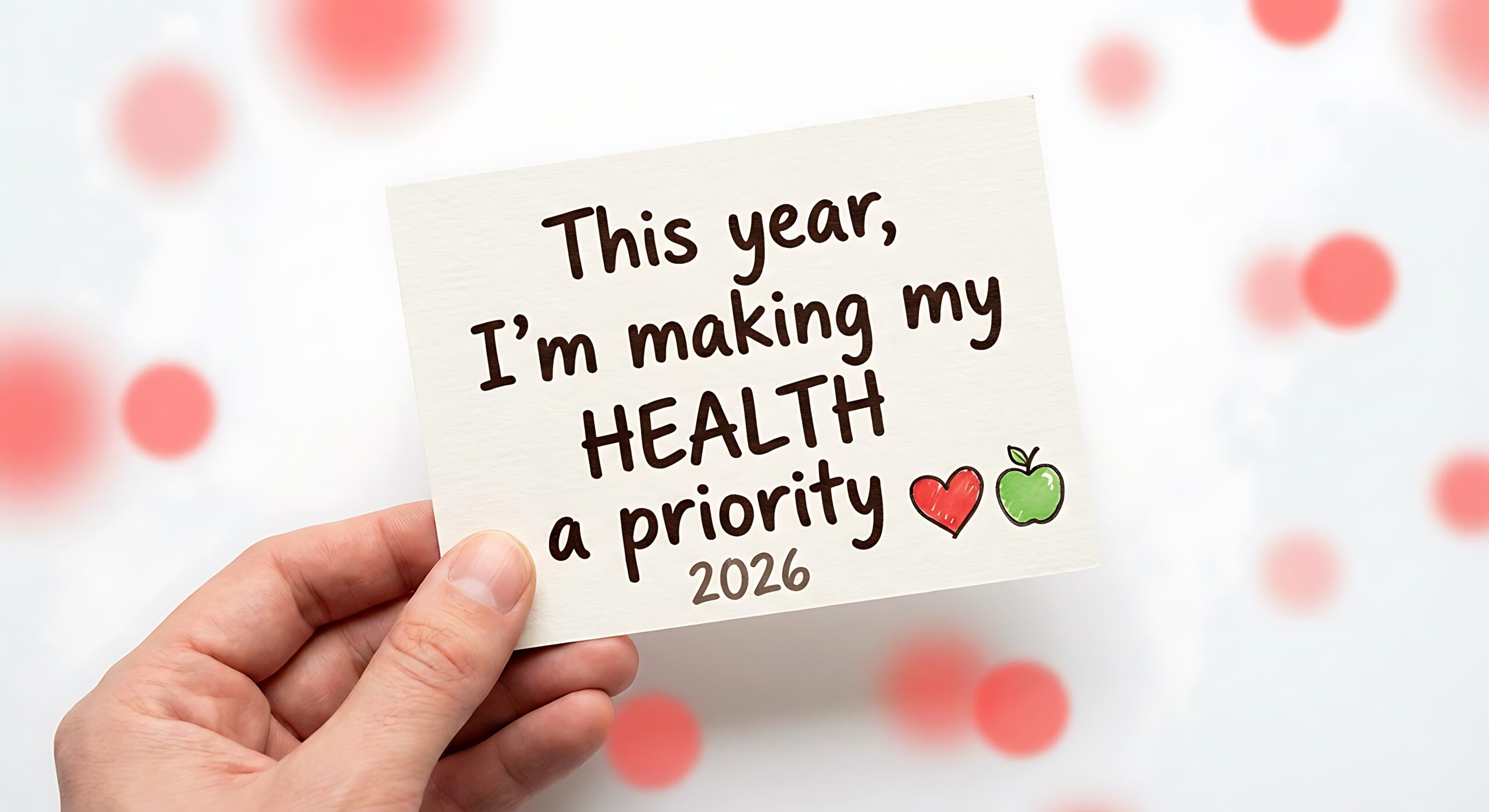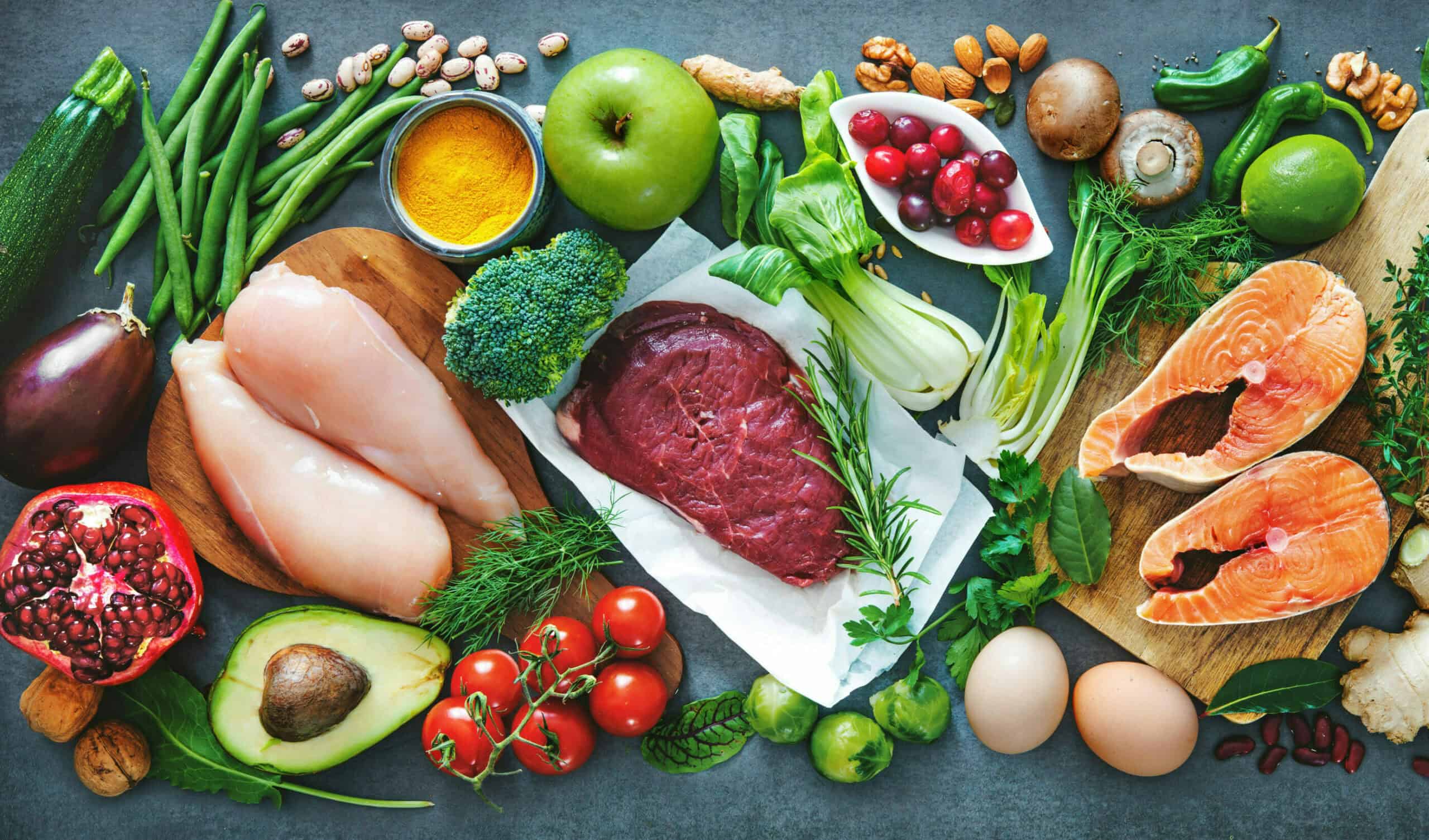Nutrition is something we are surrounded by 24/7. Constantly making choices about what to eat, how much to eat, and when to eat can make nutrition a very all-consuming issue in life.
How in the world are you supposed to understand nutrition when everyone tells you something different or throws terms out you have never heard about? Well, here is an article to help you simplify nutrition and explain some of the terms diet culture throws around.
WHAT IS NUTRITION?
Nutrition by definition is “the process of obtaining or providing the food necessary for health and growth”. Now, this is a broad definition that encompasses A LOT of opinions, evidence, science, and theories. It can be hard to process all the nutrition information that we get thrown at us each and every day, so let’s break it down.
For simplicity sake I am going to dive into only a few categories to explain nutrition in an easily understood manner, so here we go!
NUTRITION BUILDING BLOCKS
Macronutrients (macros) are the building blocks of nutrition. They are the main molecules that encompass our food and provide us with essential nutrients to survive. They are called macronutrients because the body needs them in high amounts. Macros consist of three main types: carbohydrates, proteins, and fats. These three words are thrown around everywhere in life, such as the back of food labels, high-protein/low-fat diets, and more!
Let’s describe each one, what it does for your body, and what foods they can be found in.
CARBOHYDRATES (CARBS)
Carbs, at the basic level, are sugar molecules. They appear in foods in the form of sugars, starches, and fiber. There are simple carbs (quick and easy to digest) and complex carbs (more sustained energy, digestion takes longer). Carbs are a great source of energy for your body and often are known as the quick energy your body uses immediately for fuel. Carbs consist of 4 calories per gram. Calories are the unit of energy we expend so when you look on the back of a label at the calories, you are looking at the energy content of the food.
Typical foods that contain carbs are fruits, breads, grains, vegetables, and more. Lots of foods will have more than one macronutrient such as avocado that has both carbs and fat (with a tiny bit of protein).
A typical healthy diet will consist of 45-60% carbs depending on energy needs and health goals. I personally try to eat around 45% carbs and found that my body responds well to a lower amount of carbohydrates!
PROTEIN
Protein is the essential building block for muscles, however, it is way more than just muscle mass! It helps you feel satiated when you eat, it is great for the immune system, and amazing for injury healing. Proteins are made up of amino acids and there are 20 different amino acids our bodies need constantly. Our bodies are amazing and can make 11 of these proteins. These are known as non-essential proteins. They are non-essential because if you don’t consume them in your diet, your body will make them for you. The other 9 essential proteins are the proteins we need to consume every. single. day. Check below for the foods rich in these amino acids. Protein is similar to carbs and also has 4 calories per gram.
Protein is most commonly found in animal sources but is also hidden in plant sources as well. Animal sources of protein are commonly referred to as complete proteins meaning they have all 9 essential amino acids that a person needs. This makes animal proteins great sources for adequate protein intake. Plant sources often do not have the full set of essential proteins so this means you have to eat a variety of sources to get all 9 every day, which is very doable just not all in one complete package!
Some protein food examples are chicken, salmon, quinoa, nuts, hemp seeds, and more.
A typical healthy diet will consist of 15-30% protein. Personally, I aim for around 20% of my diet to be protein.
FAT
Fat is our body’s natural energy reserve. When the body runs out of carbohydrates as an energy source, it switches to fat. This process can also go in reverse meaning when carbohydrates are not used completely they will be converted into fat to be stored. Fat is also a necessary nutrient in our bodies for things other than energy. Fat is needed for many fat-soluble vitamins to be absorbed, as well as, to protect our organs from outside harm.
There are many types of fat, some are good and some are bad. Saturated fats are often found in a solid-state at room temperature. They are commonly found in animal sources, coconut oil, butter, and cheeses. These fats are perfectly fine in small amounts, but should not be consumed in high amounts. Trans fats are the bad guys. Although there are some naturally occurring trans fats, most came from processed foods to give foods a longer shelf-life. Do not consume these types of fats! Monounsaturated and polyunsaturated fats are the good guys! These fats are typically liquid at room temp. And come from foods such as olive oil, avocados, salmon, and walnuts. These fats have shown to reduce cardiovascular disease risk and are a great addition to any diet.
Fat can be found in these common foods: butter, avocados, animal meats, nuts, and seeds. The more omega-3 fats you can consume in your diet the better (more on this another day)!
Unlike carbs and protein, fat consists of 9 calories per gram making it a much more calorically dense food! This is why foods with high fat concentration like nuts are high in calories!
Fat should typically make up the excess percentage of macronutrient in your diet, which would be around 20-35%. I typically aim for 35% fat since my protein and carbs account for the other 65% of my diet.
VITAMINS AND MINERALS
Vitamins and Minerals are known as micronutrients because they are needed in much smaller quantities compared to the macronutrients. Just because they are micronutrients doesn’t mean they are less important though! Vitamins and minerals are vital to overall health and can be the underlying problems to many health conditions. They are best found in whole, unprocessed foods, but can also be added to the diet through supplementation. More to come on this topic!
WATER
Water consumption is the final topic for today’s Nutrition 101 and it’s an important one. Water makes up around 65% of your body and is vital for all processes within the body, such as energy usage and digestion. It is suggested that you drink half your body weight in ounces every day, but I personally like to drink my full body weight in water every day! If you are looking for a simple way to improve your health, increasing your water consumption is a super-easy way to do it! Drop that soda or coffee addiction and drink up the water.
THANKS FOR READING! CHECK BACK SOON!
This is just the beginning and foundation of a life full of simple nutrition, but hopefully, this post helps explain some of the terms that are thrown around every day and helps you understand what nutrition is a little bit better!
This post was written by Lauren Thornberry, CLEAN accountability coach.
Follow her on instagram here and check out her blog with more great nutritional info here!





